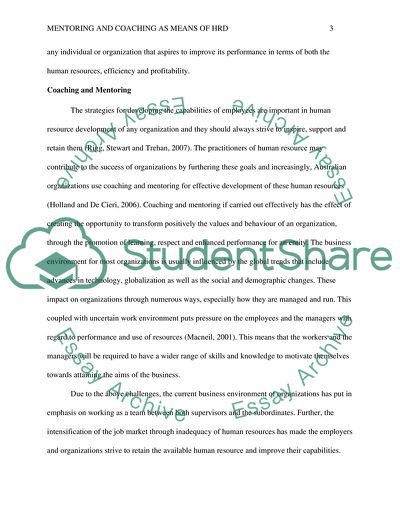Cite this document
(HRD Research Paper Example | Topics and Well Written Essays - 2000 words, n.d.)
HRD Research Paper Example | Topics and Well Written Essays - 2000 words. https://studentshare.org/human-resources/1811563-hrd
HRD Research Paper Example | Topics and Well Written Essays - 2000 words. https://studentshare.org/human-resources/1811563-hrd
(HRD Research Paper Example | Topics and Well Written Essays - 2000 Words)
HRD Research Paper Example | Topics and Well Written Essays - 2000 Words. https://studentshare.org/human-resources/1811563-hrd.
HRD Research Paper Example | Topics and Well Written Essays - 2000 Words. https://studentshare.org/human-resources/1811563-hrd.
“HRD Research Paper Example | Topics and Well Written Essays - 2000 Words”. https://studentshare.org/human-resources/1811563-hrd.


